Scientists at the Scripps Research Institute in the United States have used patient-derived mini-brains to study autism and reverse brain dysfunction with an experimental drug.
From Scripps Research 27/10/24 (first released 23/10/24)
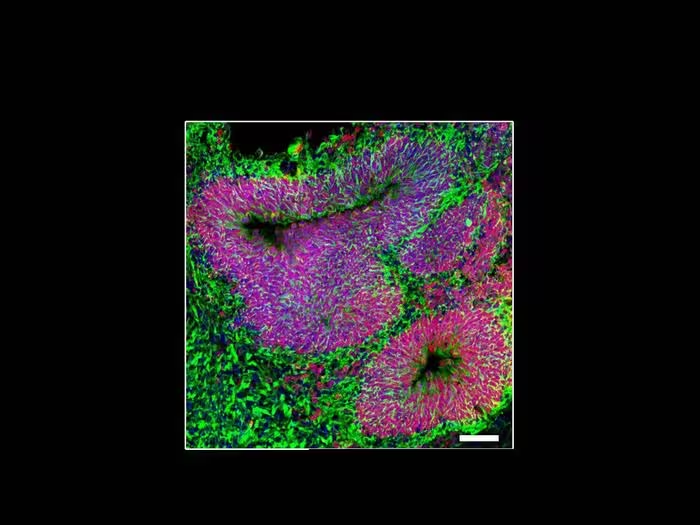
Using stem cells generated from patients with a rare and severe form of autism spectrum disorder and intellectual disability, Scripps Research scientists have grown personalized “mini-brains” (or organoids) to study the disorder in new detail.
The lab-grown organoids allowed the team to gain a new understanding of how one genetic mutation leads to autism spectrum disorder.
It also showed that an experimental drug, called NitroSynapsin, reversed some of the brain dysfunction associated with autism in these models.
“Our work shows how this genetic mutation that has been associated with autism, disrupts the typical balance of brain cells during development,” says Stuart A. Lipton, MD, PhD, Step Family Foundation Endowed Professor and co-director of the Neurodegeneration New Medicines Center at Scripps Research, a clinical neurologist, and senior author of the new research published online in Molecular Psychiatry on September 30, 2024.
“But we’ve also established that there could be ways to address this imbalance later in life.”
Learning from patients
Autism spectrum disorder (ASD) is a neurological and developmental disorder that affects social interactions, repetitive interests and behaviors, and communication.
The causes of ASD are only partially known; a number of genetic variants have been associated with the disorder, but each only explain a tiny percentage of cases.
For many years, studies of ASD have revolved around modeling the disorder in mice or studying isolated human brain cells.
Neither is a perfect mimic for the complexity of an interconnected human brain.
Lipton and his colleagues focused on MEF2C haploinsufficiency syndrome (MHS), a rare and severe form of ASD and intellectual disability caused by a genetic variation in the MEF2C gene.
They used skin cells isolated from patients with MHS and used modern stem cell biology techniques to transform those cells into human stem cells, and then grew them into small, millimeter-sized “mini-brain” organoids in which the researchers could study how the various types of brain cells interact with each other.
“We could reproduce essential aspects of the brains of patients to study their electrical activity and other properties,” says Lipton.
“We actually brought kids into the lab to see their own mini-brains and that was quite emotional for the children and families alike.”
In healthy human brains and brain organoids, neural stem cells develop into nerve cells (or neurons), which send and receive messages throughout the brain, as well as into various types of glial cells, which are supportive cells recently shown to be important in signaling and in immune function.
Healthy brains contain a balance of excitatory neurons that promote electrical signaling, and inhibitory neurons that block this signaling.
Autism causes an excitatory/inhibitory imbalance, often resulting in too much excitation.
In the organoids developed from the cells of children with MHS, the neural stem cells more often developed into glial cells, causing a disproportionate number of glial cells compared to neurons, Lipton’s group found.
In particular, the MHS organoids had fewer inhibitory neurons than usual.
This led to excessive electrical signaling in the mini-brains, just like many real human brains with ASD.
A role for microRNA
When Lipton’s group probed exactly how MEF2C mutations could lead to this imbalance between cell types, they found nearly 200 genes that were directly controlled by the MEF2C gene.
Three of these genes stood out—rather than encoding for DNA that led to messenger (m)RNA and then protein expression, they encoded genes for microRNA molecules.
MicroRNAs (miRNAs) are small RNA molecules that, rather than producing proteins themselves, bind to DNA to control gene expression.
This month, two scientists won the 2024 Nobel Prize in Physiology or Medicine for their work describing the discovery of miRNA molecules and how they can impact cell development and behavior.
“In our study, a few specific miRNAs appear to be important in telling developing brain cells whether to become glial cells, excitatory neurons, or inhibitory neurons,” says Lipton.
“Mutations in MEFC2 alter the expression of these miRNAs which, in turn, prevent the developing brain from making proper nerve cells and proper connections or synapses between nerve cells.”
Early, developing brain cells from patients with MHS, Lipton’s group found, have lower levels of three specific miRNAs.
When the researchers added extra copies of these miRNA molecules to the patient-derived brain organoids, the mini-brains developed more normally, with a standard balance of neurons and glial cells.
A potential treatment
Since ASD is generally not diagnosed during fetal brain development, treatments that aim to alter initial development—such as correction of a mutated gene or addition of miRNA molecules to stop the imbalance of cell types—are not currently feasible.
However, Lipton was already developing another drug that could help promote the balance between excitatory and inhibitory neurons, even after development.
Lipton’s group recently tested such a drug, which he and colleagues invented and patented under the name NitroSynapsin (aka EM-036), for its ability to restore brain connections in “mini-brains” made from cells affected by Alzheimer’s disease.
In the new paper, they tested whether the drug could also help treat the MHS form of autism.
Using the patient-derived brain organoids, Lipton and his colleagues showed that in fully developed brain organoids that had an imbalance between cell types, NitroSynapsin could partially correct the imbalance, preventing the hyperexcitability of the neurons and restoring excitatory/inhibitory balance in the mini-brain.
This also protected the nerve cell connections or synapses.
More work is needed to show whether the drug improves symptoms of patients with MHS, or influences other types of autism spectrum disorder that are not caused by mutations in the MEF2C gene.
Lipton says he hypothesizes this could be the case, since MEF2C is known to influence many other genes associated with autism.
“We are continuing to test this drug in animal models with the aim of getting it into people in the near future,” says Lipton.
“This is an exciting step in that direction.”
More info
You may also be curious about:
-

Sleep experts call for UK to abolish twice-yearly clock changes
-
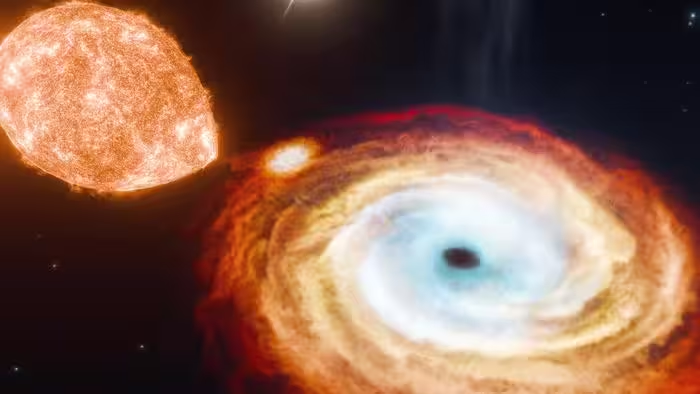
Physicists discover first “black hole triple”
-

With “electro-agriculture,” plants can produce food in the dark and with 94% less land, bioengineers say
-

People hate stories they think were written by AI. Even if they were written by people
-
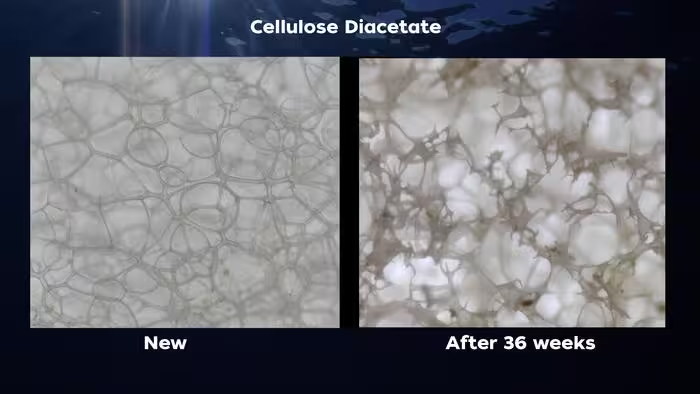
Scientists discover fastest degrading bioplastic in seawater
-

Catching prey with grappling hooks and cannons
-

New study reveals strawberries as a powerful ally for heart health
-
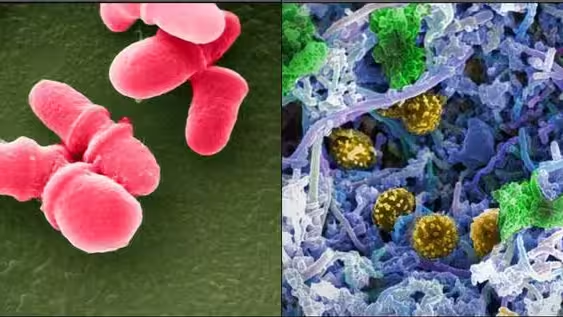
City microbes surviving on disinfectants, research reveals
-

Soil’s secret language: Researchers decode plant-to-fungi communication
-
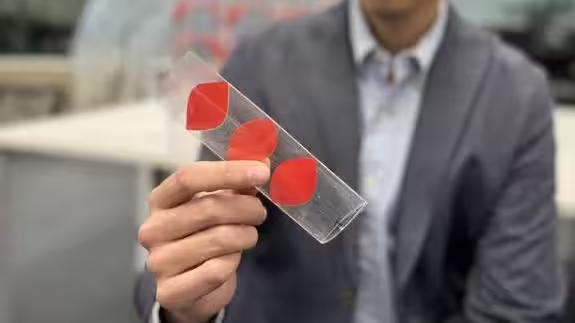
New origami-inspired system turns flat-pack tubes into strong building materials
-
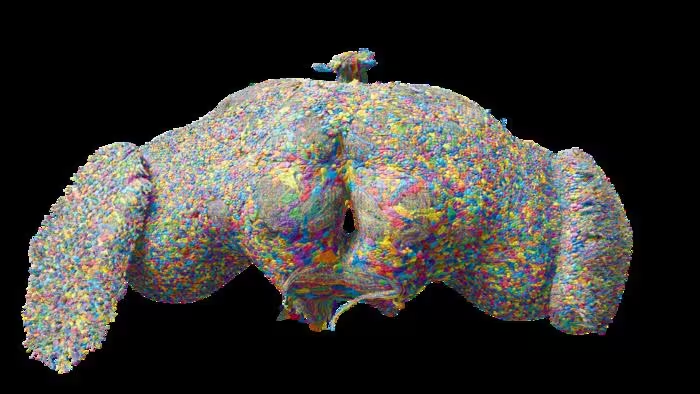
First map of every neuron in an adult brain
-

Lab data confirm potential of deep geothermal’s holy grail
